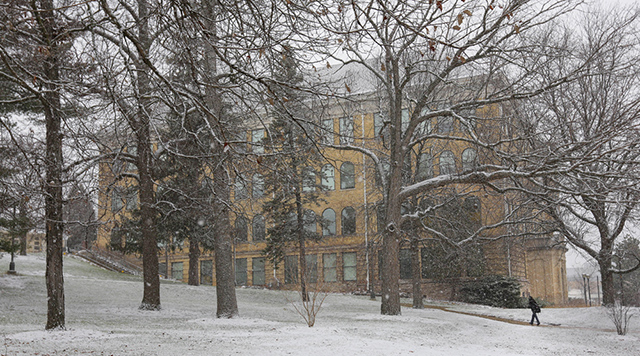Fuel poverty has been a particularly hot topic ever since the UK’s six biggest energy firms announced their recent hikes in prices. For instance, British Gas has increased its gas prices by 8.4% and its electricity prices by a staggering 10.4%. And, unfortunately, is it doesn’t look as though the six big energy firms will be pausing the increase in prices any time soon. According to The Guardian, energy prices have risen by a record 37% in the past three years and they are rising up to eight times the rate of earnings. What’s more, research has revealed that the energy companies’ prices have risen at three times the rate of inflation.
Suggested reading: UK Graduates Moving Abroad For Job Opportunities
The soaring prices has meant that many people simply can’t afford to put the heating on, which has raised real concerns for people in the UK’s standard of living – particularly during the winter months. Furthermore, worries have increased with regards to the health of the older generation, with figures revealing that, every year, 25,000 people within the older generation die because of cold-related diseases simply because they cannot afford to put the heating on to warm their homes. These shocking figures have received a lot of media attention and helped make people aware at just how serious the fuel poverty issue is for the older generations. For example, this year Age UK, collaborated with Innocent smoothie drinks calling it the ‘Big Knit’ where members of the public volunteer to knit woolly hats that sit on top of the smoothie bottle, and for every drink sold 25p goes to Age UK to help the elderly in fuel poverty.
However, the public are less aware of just how many students are suffering in fuel poverty. The younger generation do not get the same media attention as the elderly, partially due to a large percentage of the British public having the outlook that students living in a cold home is just a way of a student lifestyle. When in reality, why should students be suffering in a cold home any more than anyone else? It’s no secret that most students have always tried to avoid putting the heating on when and where they can but the recent rise in energy prices, has meant that students are even less likely to put the heating on, purely because they cannot afford it on their small student budget.
As a result, according to a survey of 300 students completed by the NUS, 78% said that they were uncomfortably cold at home over the winter and 79% would turn their heating off or hesitate to turn it on at all because they were worried about the high energy bill. Some students have been so cold that they can even see their breath when they sit in their student home and 82% admitted to wearing more than one layer of clothing to bed because it was cold with 67% revealing that they have worn outdoor hats, gloves and scarves in their own home to keep warm. What makes the fuel poverty situation even worse is only 36% of respondents thought that their home was adequately insulated meaning that any heat that does go into their home is lost. The extent of how bad this can be for many student homes is evident through a thermal imaging camera which reveals just how much heat is lost.
Seeing as energy prices are only expected to continue rising in the future, landlords should be thinking about long term solutions to insulate the houses that they provide to students – whether it is loft and wall insulation, underfloor heating, or triple glazing. However, there is no telling how many landlords will be willing to do this because these long term insulation solutions can come with a price tag – and as they are not the ones living in the house, many may be reluctant to do so. But on the other hand, if landlords are looking to improve the value of their properties, good insulation will definitely be a good selling point for many residents if the energy prices continue to go in the same direction.